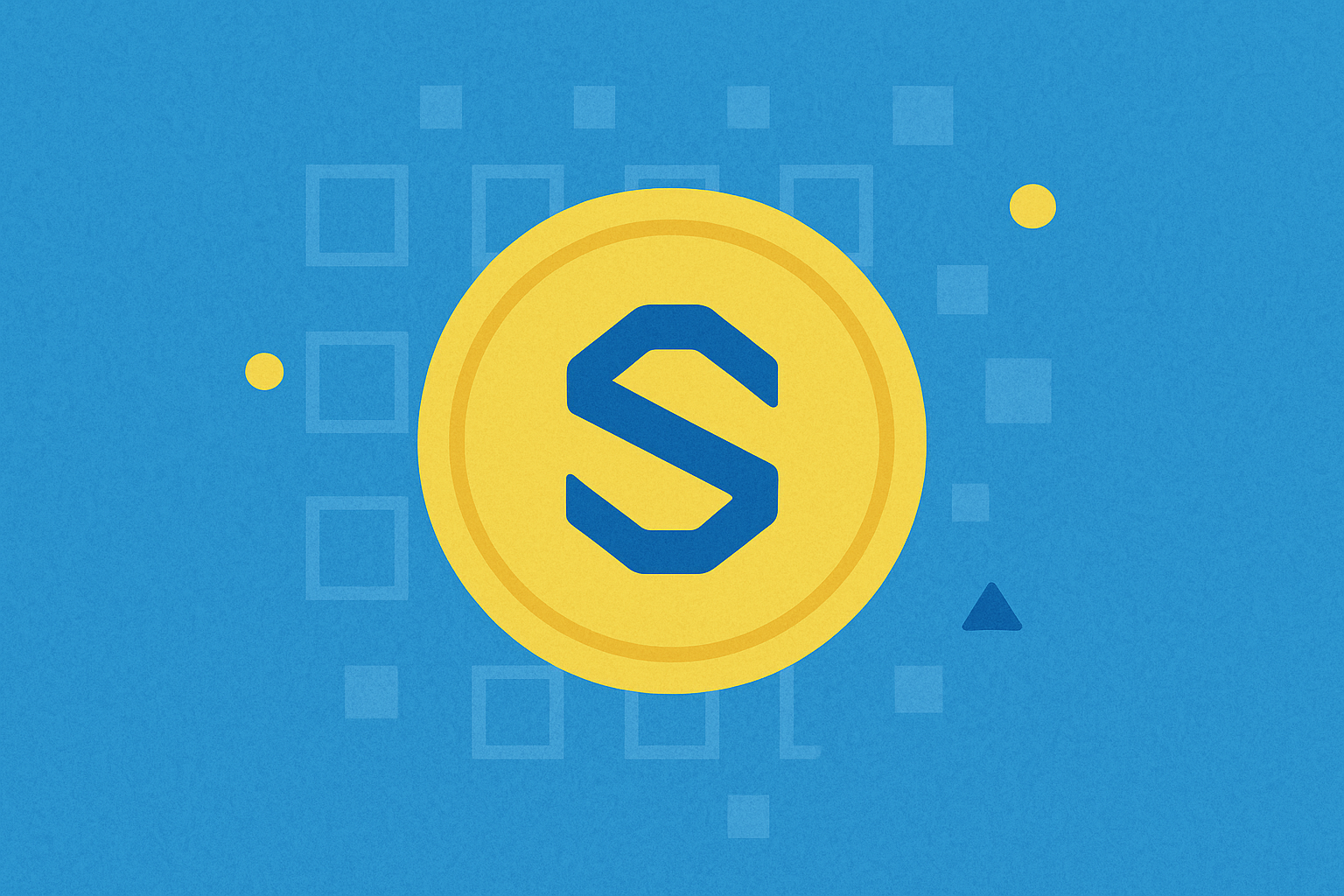Getirileri Maksimuma Çıkarma: ETH Stake Etme ve Madenciliğine Kapsamlı Rehber


Getirileri Maksimuma Çıkarma: ETH Stake Etme ve Madenciliğine Dair Kapsamlı Rehber
ETH Stake Etmenin Potansiyelini Açığa Çıkarmak: Kazançlı Bir Pasif Gelir Kaynağı
Ethereum stake etme, Web3 dünyasında getirilerini artırmak ve pasif gelir elde etmek isteyen yatırımcılar için güçlü bir araç haline geldi. 2025 yılı itibarıyla Ethereum ağı, tamamen Proof-of-Stake (PoS) mekanizmasına geçti ve katılımcılara ETH varlıklarını stake ederek ağı güvence altına alma karşılığında ödül kazanma fırsatı sundu. Bu değişim, Ethereum yatırımcıları için sürdürülebilir, enerji verimli ve kârlı bir ekosistem oluşturdu; geleneksel madencilik yöntemlerine göre çok daha avantajlı bir seçenek sundu.
Ethereum stake etme işlemi, belli bir miktar ETH’yi akıllı bir sözleşmede kilitleyerek, ağdaki işlemlerin doğrulanmasına ve ağ bütünlüğünün korunmasına katkı sunmayı içerir. Katılımcılar, bu katkıları karşılığında yeni basılan ETH ve işlem ücretlerinden pay alır. Yatırımcılar arasında hızla yayılan bu pasif gelir modeli sayesinde, şu anda çeşitli platform ve protokollerde 40 milyonun üzerinde ETH stake edilmiş durumda. ETH stake etmede yıllık getiri oranı (APY) %4-6 aralığında sabitlenerek, geleneksel finansal ürünlere kıyasla oldukça cazip bir getiri sunuyor.
ETH stake etmenin en önemli avantajlarından biri yüksek erişilebilirliğidir. Tam doğrulayıcı node çalıştırmak için en az 32 ETH gerekirken, artık birçok platform, daha küçük miktarlarda katılımı mümkün kılan likit stake çözümleri sunuyor. Bu demokratikleşme, ethereum pasif gelir stratejilerine çok daha geniş bir yatırımcı kitlesinin dâhil olmasını sağladı. Ayrıca stake türevleri gibi yenilikçi ürünlerle, kullanıcılar stake ettikleri varlıkları çeşitli DeFi protokollerinde kullanarak getiri optimizasyon potansiyelini artırabiliyor.
Madencilik mi Stake Etme mi: 2025’te ETH İçin En Etkili Strateji Hangisi?
Ethereum yatırım stratejileri, ağın PoS’a geçişiyle büyük bir dönüşüm yaşadı. Madencilik ve stake etme arasındaki farkları netleştirmek için, kârlılığa ve erişime etki eden başlıca faktörleri aşağıda görebilirsiniz:
| Faktör | ETH Madenciliği | ETH Stake Etme |
|---|---|---|
| Başlangıç Yatırımı | Yüksek (GPU, ASIC) | Değişken (min. 0,01 ETH) |
| Enerji Tüketimi | Yüksek | Çok Düşük |
| Teknik Bilgi | Orta-Yüksek | Düşük-Orta |
| Yatırım Getirisi | Değişken (piyasa koşuluna bağlı) | Stabil (%4-6 APY) |
| Likitide | Anında | Değişken (protokole bağlı) |
| Çevresel Etki | Yüksek | Düşük |
Tabloda da görüldüğü gibi, 2025 yılında ETH stake etme, çoğu yatırımcı için en avantajlı strateji olarak ön plana çıkıyor. Düşük giriş eşiği, azalan enerji kullanımı ve istikrarlı getiriler, stake etmeyi hem bireysel hem de kurumsal yatırımcılar için cazip kılıyor. Yine de, madencilik ile stake etme arasındaki seçim yatırımcının kendi koşullarına ve hedeflerine göre yapılmalıdır.
On-Chain Stake Etmede Uzmanlaşın: ETH Getirinizi En Üst Düzeye Çıkarın
On-chain stake etme, Ethereum yatırımcılarına yüksek getiri potansiyeli ve varlıklar üzerinde tam kontrol sunar. Ağın konsensüs mekanizmasına doğrudan katılan yatırımcılar, hem daha fazla ödül alır hem de varlıklarını kendi kontrollerinde tutarak güvenlikten ödün vermezler. Ayrıca, ağ yönetimine doğrudan katılım da on-chain stake’in sunduğu önemli avantajlardandır.
ETH getirilerinizi on-chain stake ile maksimize etmek için şu stratejileri uygulayabilirsiniz: Öncelikle, riski azaltmak ve toplam getiriyi artırmak adına birden fazla doğrulayıcıya stake dağıtımı yapın. Ayrıca, ağ güncellemelerini yakından takip edin ve yönetişim tekliflerine katılarak ek ödüller kazanma fırsatını değerlendirin. Son olarak, stake edilen ETH’yi temsil eden ve kolayca alınıp satılabilen tokenlar sunan likit stake protokolleriyle DeFi fırsatlarından yararlanarak esneklik ve getiri optimizasyonu elde edebilirsiniz.
Gate, kullanıcı dostu arayüzü ve rekabetçi ödülleriyle on-chain stake alanında öncü platformlardan biri olarak öne çıkıyor. ETH 2.0 stake rehberi, yeni başlayanlardan deneyimli yatırımcılara kadar herkes için detaylı yönlendirmeler sunarak sorunsuz bir başlangıç ve maksimum getiri sağlıyor.
Ethereum Tutkunları İçin İleri Seviye Getiri Optimizasyon Yöntemleri
Ethereum getirisini daha da artırmak isteyen tecrübeli yatırımcılar için gelişmiş stratejiler öne çıkıyor. Bunlardan biri, stake edilen ETH’yi DeFi protokollerinde teminat göstererek ek getiri elde etmek. “Rekürsif staking” olarak bilinen bu yöntemle, yatırımcılar maruziyetlerini artırıp bileşik getiri sağlayabiliyor.
Bir diğer ileri seviye yaklaşım ise, ek teşvik veya yönetişim tokenları sunan likit stake protokollerine katılım. Bu protokolleri doğru seçip aktif biçimde pozisyon yöneterek, toplam getiri ciddi şekilde artırılabilir. Bazı platformlar, likit stake ve DeFi entegrasyonlarını akıllıca kullanarak %10’u aşan APY’ler raporlamıştır.
Ancak, bu ileri seviye stratejiler daha fazla risk ve karmaşıklık içerir. Yatırımcıların kullandıkları protokolleri kapsamlı şekilde araştırması ve bu tür adımlara geçmeden önce finansal danışman desteği alması önemlidir. Gate, gelişmiş getiri optimizasyon tekniklerinde güvenli ilerlemeniz için uzman içerikler ve eğitim materyalleri sunar.
Ethereum ekosistemi büyüdükçe getiri optimizasyonuna dair yeni fırsatlar da ortaya çıkıyor. Layer 2 ölçeklendirme çözümleri ve yenilikçi stake türevleri gibi gelişmeleri yakından izlemek, maksimum getiri hedefleyen yatırımcılar için büyük önem taşır. On-chain stake’in temellerini iyi kavrayıp bu gelişmiş tekniklerle birleştiren Ethereum tutkunları, yatırımlarının tüm potansiyelini açığa çıkarabilir ve ağın büyüme ile güvenliğine katkı sağlayabilir.

Gate ETH on-chain staking: düşük eşikli esnek gelir seçeneği.

ETH on-chain staking getirileri %5.73'e kadar: Gate düşük eşikli esnek bir plan başlattı

Ethereum Stake Etme Nedir? 2025’te Kapsamlı Bir Rehber

ETH Staking: 2025 için Ethereum Getirilerinizi Maksimize Etmek İçin Kapsamlı Bir Rehber

2025'te Gate.com'da On-Chain Staking Stratejileriyle ETH Getirinizi Maksimum Seviyeye Çıkarın

2025 WEETH Fiyat Tahmini: Piyasa Trendleri ve Olası Büyüme Faktörlerinin Analizi

ThetaFuel (TFUEL) iyi bir yatırım mı? 2024 yılında Tokenomik, Kullanım Alanları ve Piyasa Potansiyelinin Kapsamlı Analizi

Qtum (QTUM) iyi bir yatırım mı?: Özellikler, Riskler ve Piyasa Potansiyeline Dair Kapsamlı Bir Analiz

Alchemist AI (ALCH) iyi bir yatırım mı?: 2024-2025 yılları için fiyat potansiyeli, piyasa dinamikleri ve risk unsurlarına dair kapsamlı bir analiz

dYdX (DYDX) yatırım için uygun mu?: 2024’te Riskler, Potansiyel Kazançlar ve Piyasa Konumunun Ayrıntılı Analizi

CORE ve SOL: İki Lider Blockchain Ağının Kapsamlı Karşılaştırması







